Signs of Substance Use in Your Loved One
 If you suspect your loved one is abusing drugs or alcohol, it’s unfortunately common. In 2021, some 46.3 million Americans qualified for a diagnosis for a substance use disorder, or 16.5% of the population. Of those, some 29.5 million had an alcohol use disorder and 24 million had a drug use disorder or a drug use and alcohol use disorder. But, it means that 4 out of every 25 people have a substance use disorder, and that means that one in two Americans knows someone with a drug or alcohol use disorder.
If you suspect your loved one is abusing drugs or alcohol, it’s unfortunately common. In 2021, some 46.3 million Americans qualified for a diagnosis for a substance use disorder, or 16.5% of the population. Of those, some 29.5 million had an alcohol use disorder and 24 million had a drug use disorder or a drug use and alcohol use disorder. But, it means that 4 out of every 25 people have a substance use disorder, and that means that one in two Americans knows someone with a drug or alcohol use disorder.
Recognizing the signs and symptoms of substance abuse is one of the first steps to getting your loved one treatment and help. However, those signs can vary from person to person. In addition, people often try to hide drug abuse and use. In some cases, your loved one may be high functioning or show very few outward signs of substance abuse – but may have no money, unexplainable absences, and deteriorating health.
People use substances to cope with life, stress, and pain. Getting help is about getting treatment and improving quality of life. Hopefully, recognizing these signs in your loved one makes it easier for you to throw out a lifeline and help them get their life back.
Constant Stress and Mood Swings
People who abuse drugs and alcohol are not generally chipper and happy when they are not using. Instead, they’ll be stressed, paranoid, irritable, and may have significant mood swings. That’s in part because of the change in hormones and neurotransmitters in the brain because substance abuse changes how the brain regulates chemicals like dopamine, serotonin, and opioids. Substance abuse makes you feel good in the moment, but tired, hungover, and cranky.
If your loved one is having mood swings they didn’t used to have, it could be a sign of increased stress or a mental health disorder. But, if that’s paired with substance use, it might just be a hangover.
Changes in Behavior
 People who regularly abuse substances get very adept at hiding their effects. That’s especially true as they increase tolerance and the drugs or alcohol have less effect. However, if they’re binging on any substance, you should be able to tell. For example, someone with an alcohol use disorder may loosen up, they may have more trouble articulating thought or words, they may act dizzy or woozy, they may act in an exaggerated fashion, etc. And, if they’re using other drugs, there will be other signs. For example, pain pill and opioid abuse typically results in longer periods of lethargy or increased sleeping – sometimes even passing out on a couch or acting extremely fatigued.
People who regularly abuse substances get very adept at hiding their effects. That’s especially true as they increase tolerance and the drugs or alcohol have less effect. However, if they’re binging on any substance, you should be able to tell. For example, someone with an alcohol use disorder may loosen up, they may have more trouble articulating thought or words, they may act dizzy or woozy, they may act in an exaggerated fashion, etc. And, if they’re using other drugs, there will be other signs. For example, pain pill and opioid abuse typically results in longer periods of lethargy or increased sleeping – sometimes even passing out on a couch or acting extremely fatigued.
That is the same story if they constantly have withdrawal symptoms. For example, someone without a hay fever diagnosis should not have constant puffy eyes and runny nose or a cough. And hay fever does not come with fever and excessive sweating.
Manipulative Behavior
If your loved one is lying, stealing, or manipulating others into giving them money or breaks from their responsibilities, it’s a good sign that something is wrong. Someone who frequently needs larger sums of money for no reason or for similar reasons like frequent car accidents, not being able to make the rent for unexplained reasons, etc., are being suspicious. People who frequently ask for money, who steal valuables, or who manipulate others into paying for things may be using their own money for substance abuse.
Get Your Questions Answered
Unexplained Disappearances
 People who abuse substances need time to use those substances and that often means taking hours or even days out of their week. Some will use on their own in a room, others will go out to meet people to use with. This symptom is less visible with alcohol use disorder, because many people have no problems drinking around friends and family. However, they may get blackout drunk or may be unable to remember conversations where you thought they were sober.
People who abuse substances need time to use those substances and that often means taking hours or even days out of their week. Some will use on their own in a room, others will go out to meet people to use with. This symptom is less visible with alcohol use disorder, because many people have no problems drinking around friends and family. However, they may get blackout drunk or may be unable to remember conversations where you thought they were sober.
Waste and Trash
It’s often relatively easy to find waste and trash from drug or alcohol abuse. For example, most alcohol requires buying bottles, which means receipts, bottles or cans, etc. If your loved one is drinking a lot, they are hiding bottles somewhere and sneaking them out of the house. That’s especially important if you find things like very strong alcohol that you wouldn’t normally buy. People hide bottles behind couches, in the bottom of the trash can, in garages, and under their beds – although some may simply make sure they do their drinking outside of the home.
Drug paraphernalia is also relatively easy to spot and typically includes pill containers, small pipes, burnt tinfoil, spoons, pipes, etc.,
These will vary significantly depending on what kinds of substances your loved one is using. But, if you suspect they are, taking time to look for signs is a good idea.
Lying
If you know your loved one has been using or drinking and ask them about it, and they lie or show guilt, it’s usually a bad sign. For example, if your loved one has a prescription for pain medication and they start hiding usage or lying about it, it’s a good sign that something has gone wrong. Similarly, if someone always underexaggerates how much they’ve had to drink, even though you know they’ve had more, it’s a sign that they might have a problem.
People who have a good relationship with substances do not try to hide drinking or using. They also won’t show or react with guilt when asked about those substances.
Getting Help
 If your loved one is struggling with drug or alcohol abuse, it’s important to reach out and get help. Substance abuse is bad at any level, simply because it causes stress to mental and physical health, resulting in permanent damage to the liver and the gut, and what can be permanent damage to the way the brain functions. The more substances someone uses, the worse the effects are. A substance use disorder or addiction means that person has lost control over their substance abuse and will seek out substances regardless of their impact on social, career, or personal life. People become addicted for different reasons, but there is always a way to treat that addiction.
If your loved one is struggling with drug or alcohol abuse, it’s important to reach out and get help. Substance abuse is bad at any level, simply because it causes stress to mental and physical health, resulting in permanent damage to the liver and the gut, and what can be permanent damage to the way the brain functions. The more substances someone uses, the worse the effects are. A substance use disorder or addiction means that person has lost control over their substance abuse and will seek out substances regardless of their impact on social, career, or personal life. People become addicted for different reasons, but there is always a way to treat that addiction.
A rehab center can help your loved one to recover by treating the addiction and its symptoms and then treating the underlying causes of that addiction. People use to mask pain, to destress, to fit in, to hide mental health problems, and to feel good. Modern treatment includes behavioral therapy like CBT to help uncover behaviors that contribute to needing medication and to help people build new and better coping mechanisms, social behavior, and to improve their life – so they don’t need drugs or alcohol.
If you or your loved-one struggles from alcoholism or other substance abuse please contact us today and speak with one of our experienced and professional intake advisors about our detox, partial hospitalization, and residential treatment programs. 10 Acre Ranch also has specialty tracks like our pet friendly drug rehab and couples substance abuse treatment programs. We’re here to help you recover.

 LGBTQ+ individuals are at an increased risk of experiencing trauma as adults. This relates to:
LGBTQ+ individuals are at an increased risk of experiencing trauma as adults. This relates to: The same risk factors that increase vulnerability to substance abuse increase vulnerability to mental health disorders including
The same risk factors that increase vulnerability to substance abuse increase vulnerability to mental health disorders including  Understanding, support, and affirmation are seen as critical elements of any treatment program but that is more true in the case of the LGBTQ+ community. It is critical that mental healthcare providers be able to deliver understanding and reaffirmation for gender and sexuality – without judgement. For this reason, staff involved in LGBTQ+ programs must be trained to do so and to handle those aspects with care.
Understanding, support, and affirmation are seen as critical elements of any treatment program but that is more true in the case of the LGBTQ+ community. It is critical that mental healthcare providers be able to deliver understanding and reaffirmation for gender and sexuality – without judgement. For this reason, staff involved in LGBTQ+ programs must be trained to do so and to handle those aspects with care.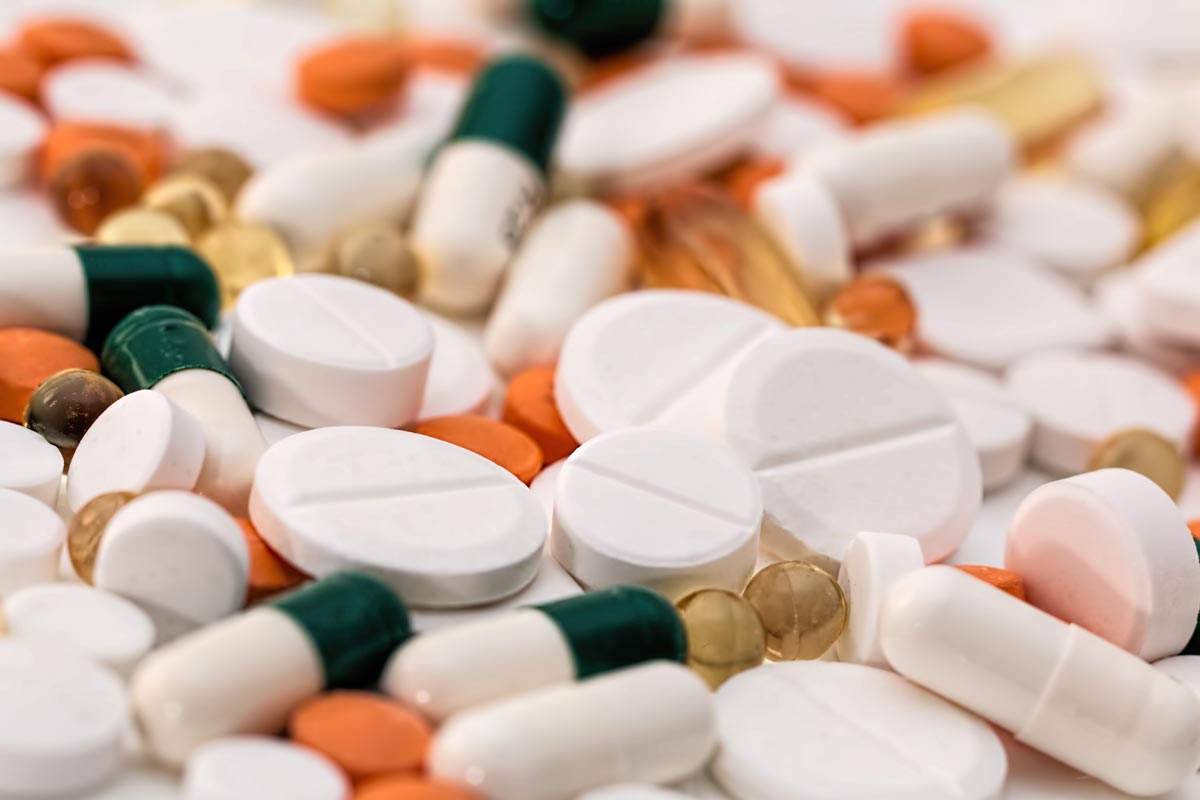
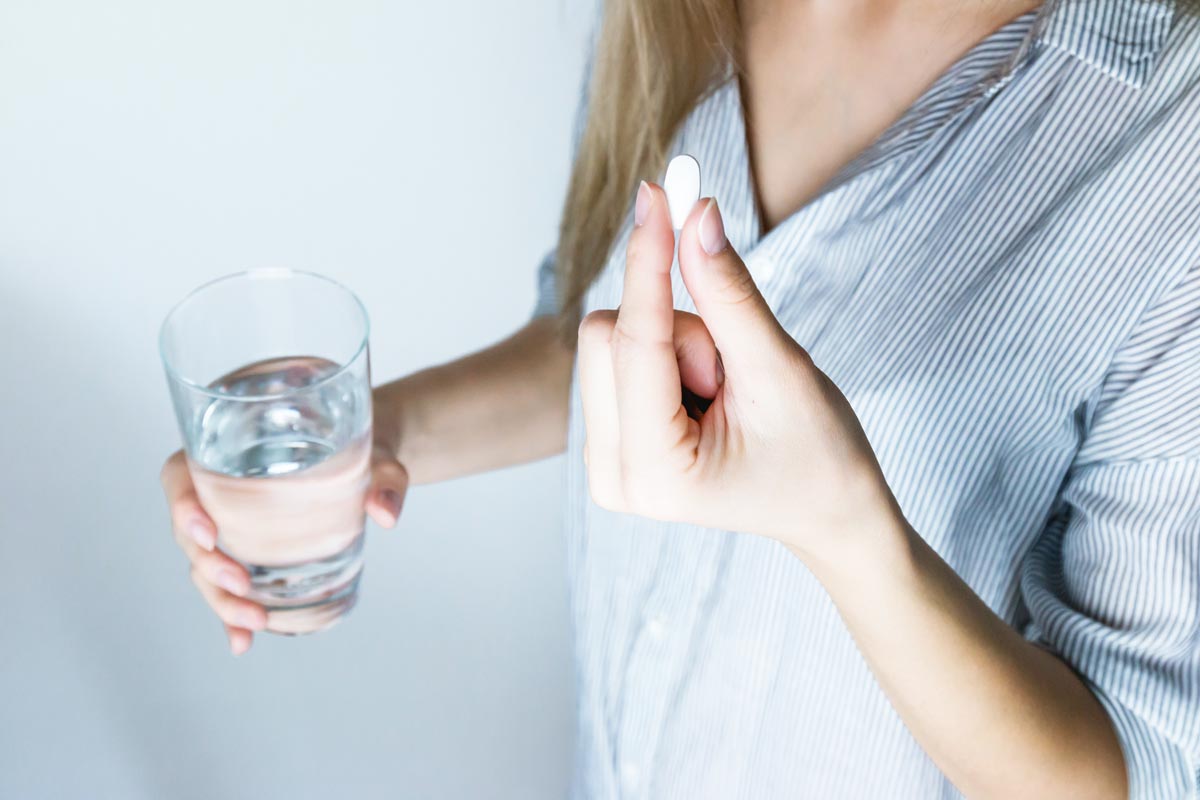 Dosage – Every Adderall pill contains 25% Dextroamphetamine Saccharate, 25% Amphetamine Aspartate Monohydrate, 25% Dextroamphetamine Sulfate, and 25% Amphetamine Sulfate, with cellulose and salt fillers to increase the size of the pill. A methamphetamine dose is neither predictable nor guaranteed not to contain fillers like chalk or baby powder.
Dosage – Every Adderall pill contains 25% Dextroamphetamine Saccharate, 25% Amphetamine Aspartate Monohydrate, 25% Dextroamphetamine Sulfate, and 25% Amphetamine Sulfate, with cellulose and salt fillers to increase the size of the pill. A methamphetamine dose is neither predictable nor guaranteed not to contain fillers like chalk or baby powder.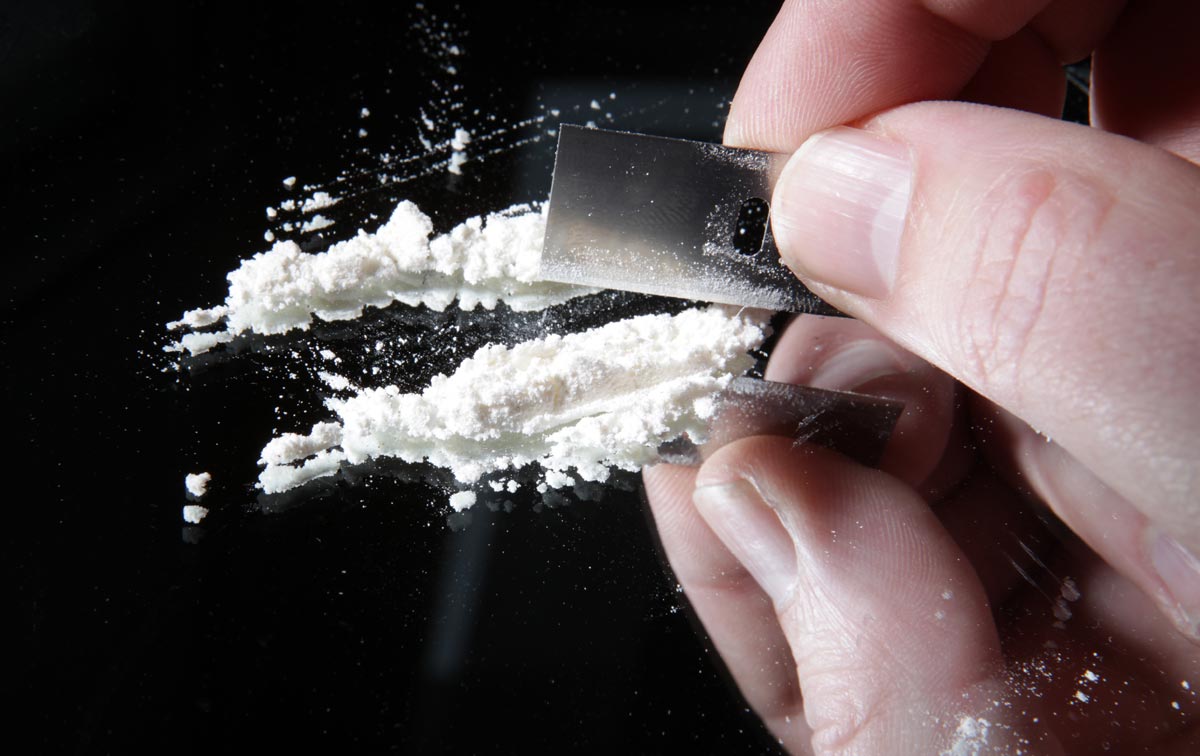

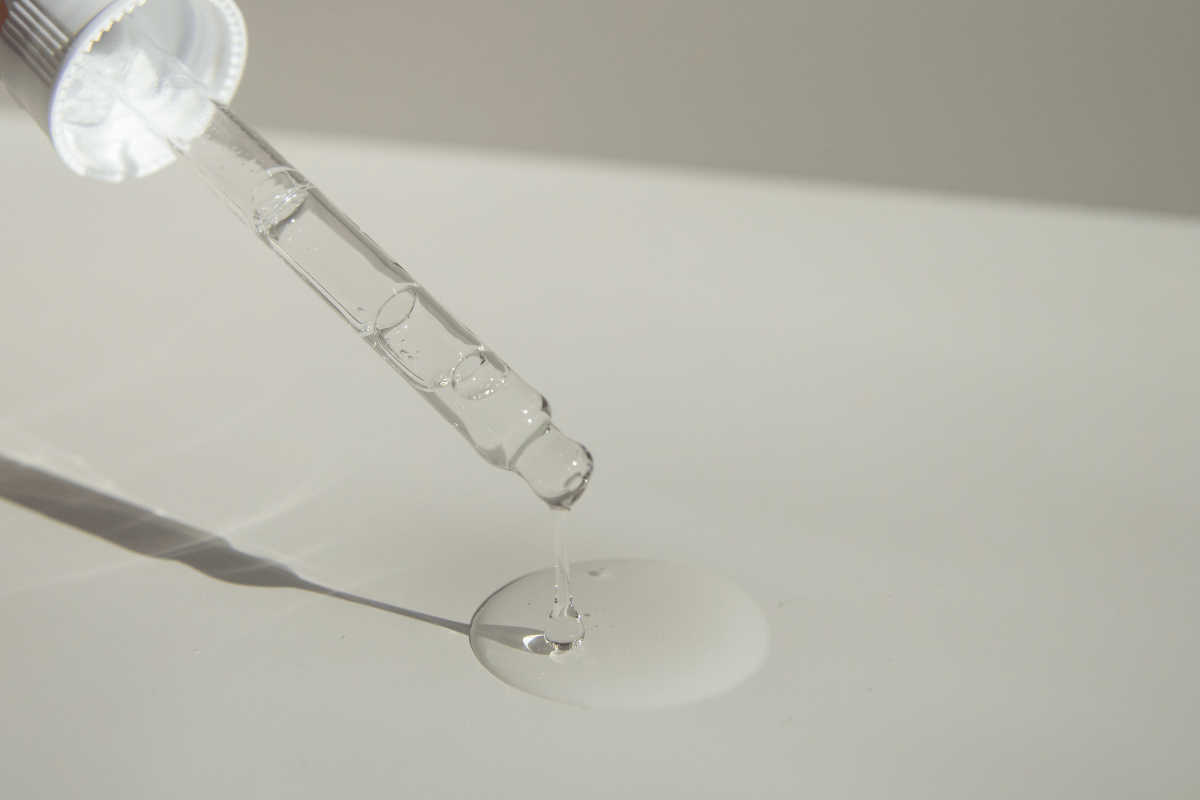
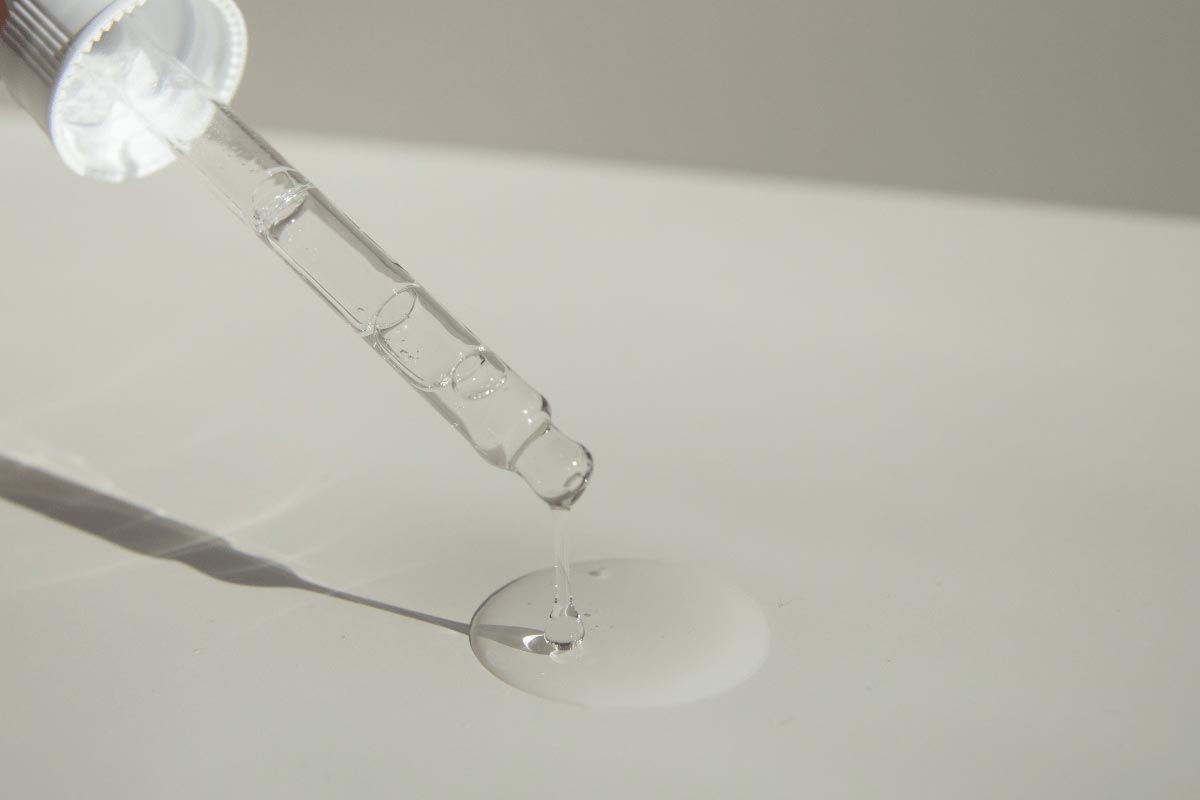 If you or a loved one is facing a drug test at work or at school, or worse, while on probation, it can be nerve wracking. If you’ve recently used, passing a
If you or a loved one is facing a drug test at work or at school, or worse, while on probation, it can be nerve wracking. If you’ve recently used, passing a 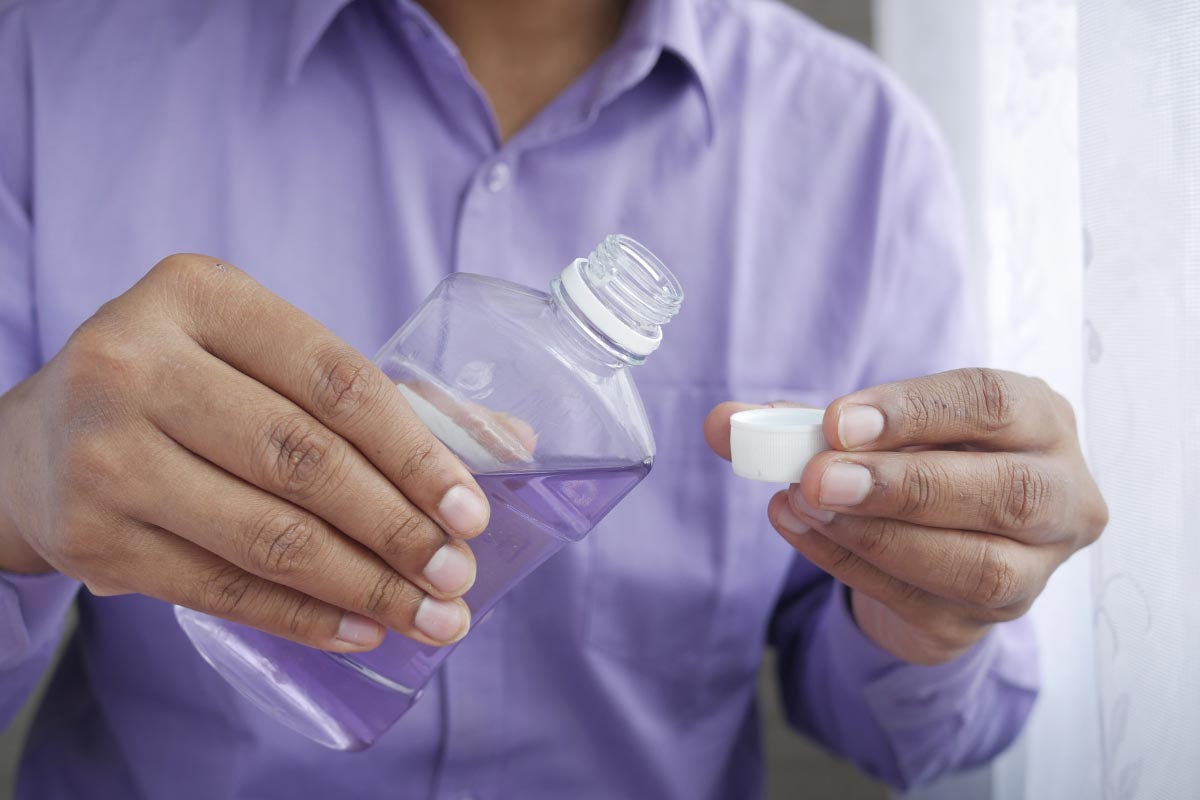 You can often buy
You can often buy 
 Sober curious can also mean “trying out” sobriety, with the intention of it not being permanent. For example, many people use “Dry January” to experiment with
Sober curious can also mean “trying out” sobriety, with the intention of it not being permanent. For example, many people use “Dry January” to experiment with